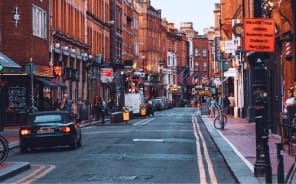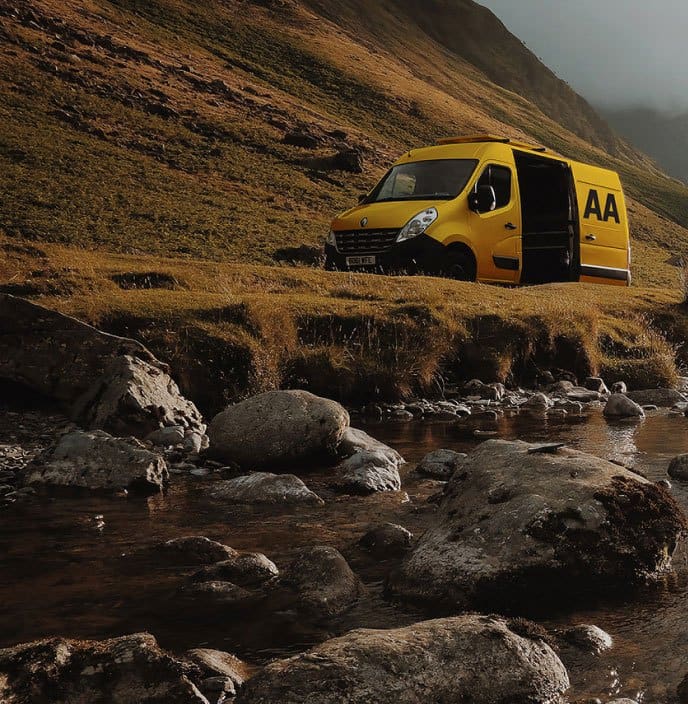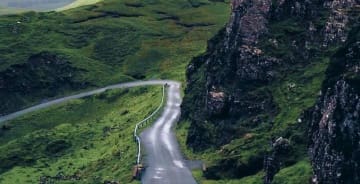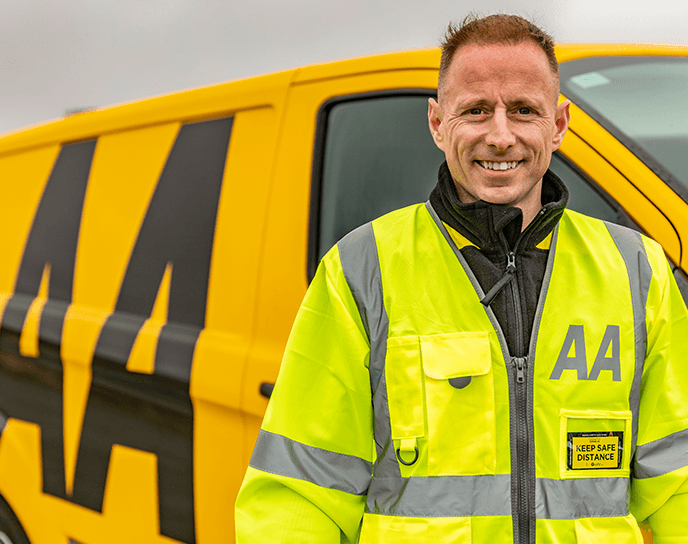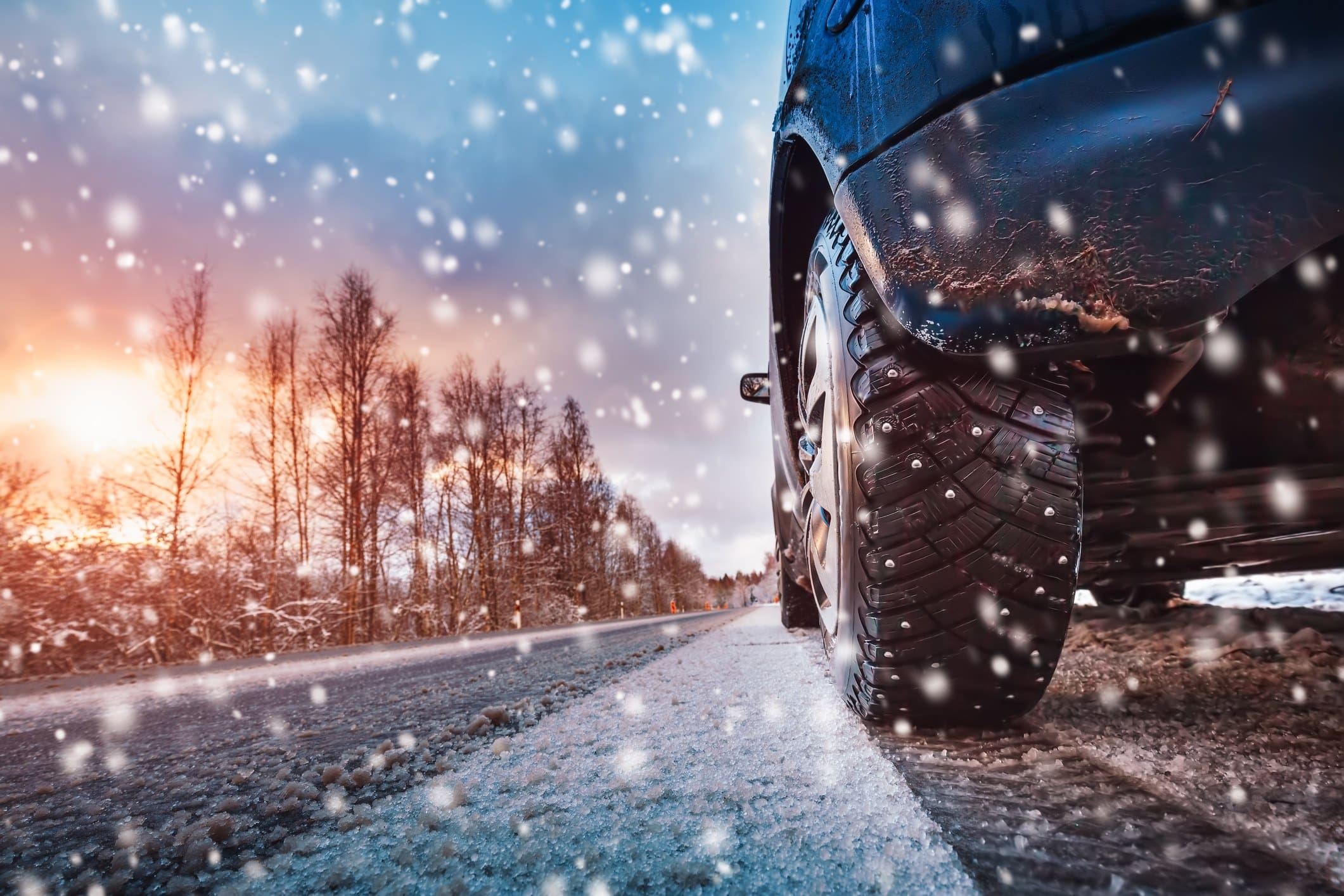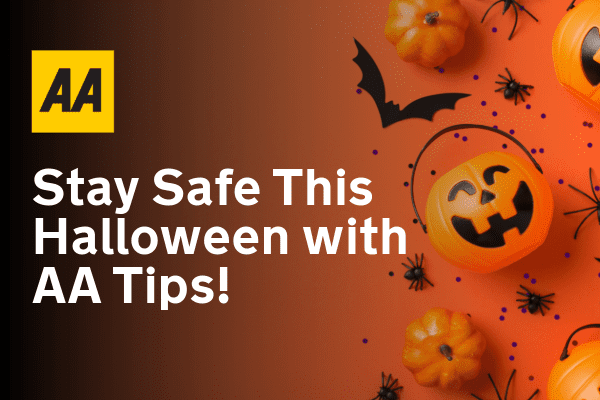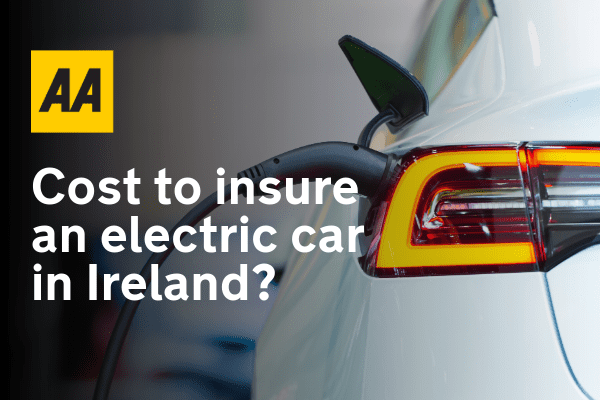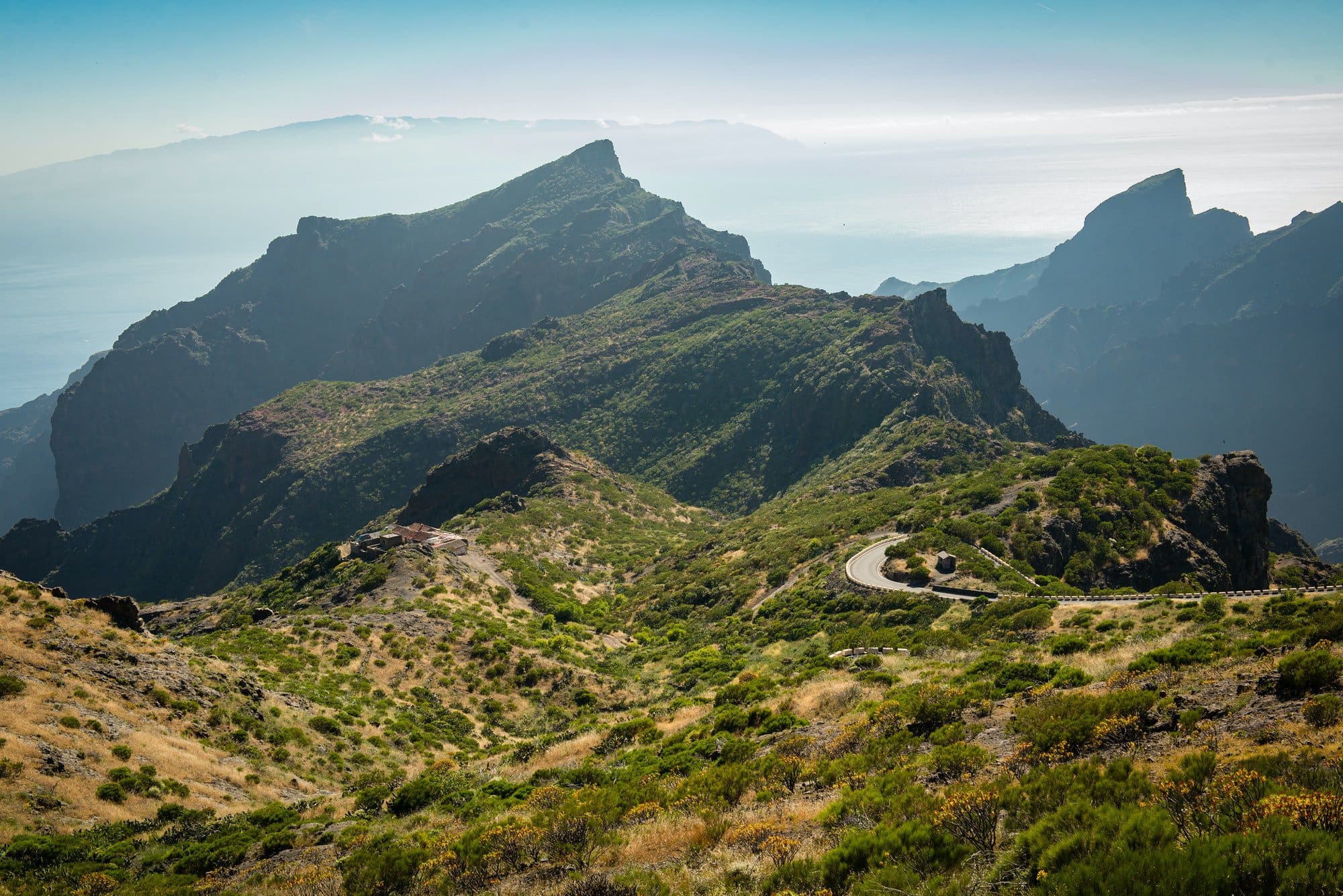Ground frost, wet leaves and a blindingly low sun are the natural occurrences most likely to cause drivers to be involved in a near miss or a collision during winter.
Therefore, the AA is urging motorists to be extra careful on the roads over the coming weeks, paying particular attention to vulnerable road users such as cyclists and pedestrians.
Ground frost or icy patches
Before you set out on the roads, make sure you’ve done all you can to make your journey as safe as possible. Check your tyres regularly, as you rely on them for grip on the roads. Clear your windows, mirrors, and headlights of any ice and carry a screen scraper and de-icer in your vehicle. Remember to never pour very hot or boiling water on the windscreen as it could weaken or crack the glass.
Also remember that it’s important to clear your whole window of ice or frost, not just directly in front of the driver seat, as this will affect your peripheral vision. You can find more on the best ways to defrost a vehicle here.
One of the most important things you need to do while driving on icy roads is slow down. This means allowing extra time for your journeys, as it might take you a little longer to get there. In icy conditions it can take ten times longer to stop your vehicle, meaning it’s essential to give yourself extra space around other road users.
Remember too that motorways, national roads, and regional roads are more likely to be gritted than local roads or secondary routes.
Wet leaves
Drivers are advised to take extreme care when roads are slick, as conditions are very difficult. When leaves become wet on the road, the driving conditions are similar to driving on ice. If temperatures drop and the leaves freeze, it is even more dangerous.
Your vehicle is likely to skid and you could possibly lose control. As well as this, leaves often cover the painted road markings, making it difficult to know the locations of the lanes.
Drivers should pay extra attention to vulnerable road users such as cyclists, particularly if their bike is visibly tilted rounding a corner.
Sun glare
No doubt, winter brings increased risk on our roads and sun glare is one of them. As a result, it can be near impossible to see at times thanks to eye level glare, especially if your windscreen is dirty.
A tip the AA is offering motorists is to have a pair of sun glasses in their car and to make sure their windscreens are clean to cope with low level glare on clearer days.
Keep your speed right down, put on your shades and keep your distance from the car in front. For many drivers their first reaction is to slam on the brakes when their vision is compromised and the last thing you want is to slam into the back of them.
Fog
Fog is another weather condition which is most common in Ireland during winter – particularly inland and at higher altitudes.
Many drivers in this country would benefit from taking the time to check their car’s handbook to learn about their lights and the various different settings. To learn more about using your car lights, see here.
- Use your dipped headlights at all times plus your windscreen wipers and demisters.
- Familiarize yourself with your front and rear fog lights. Know how to switch them on and off and use them only when appropriate.
- Beware of other drivers not using headlights.
- Only drive as fast as conditions allow and maintain a greater distance between you and the car in front. Tailing someone’s rear lights can give a false sense of security and is dangerous.
- If the road has street lights on you probably don’t need to use your fog lights.
- Be able to stop within your range of visibility. This is particularly important on motorways and dual carriageways where you’ll be travelling at speed.
- Don’t accelerate to get away from a vehicle that is too close behind you.
- Check your mirrors before you slow down.
- At a junction with limited visibility, stop, wind down the window, and listen for traffic. When you are sure it is safe to emerge, do so without hesitation. Pausing too long puts you in the path of oncoming traffic.

